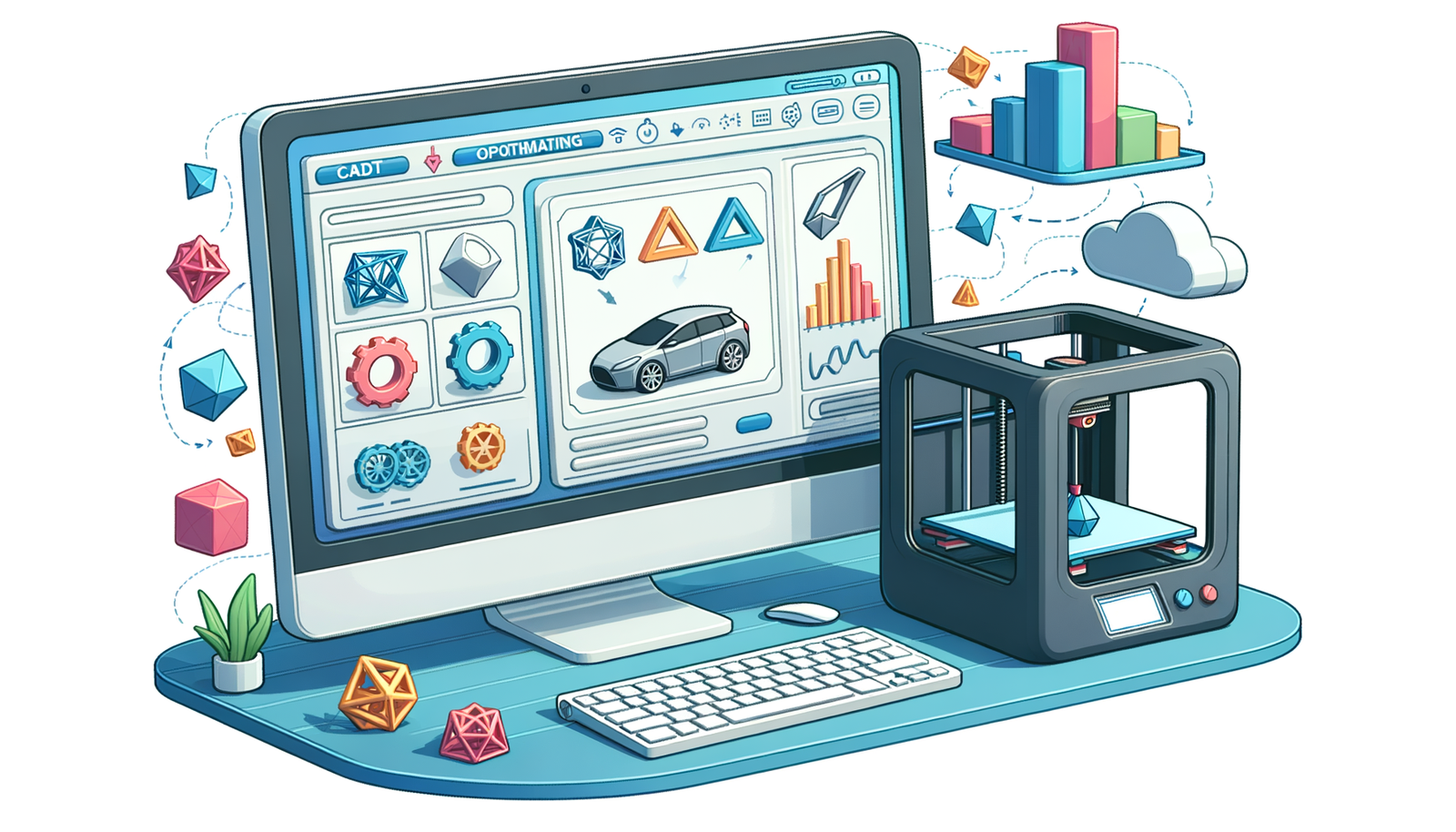Your Cart is Empty
Customer Testimonials
-
"Great customer service. The folks at Novedge were super helpful in navigating a somewhat complicated order including software upgrades and serial numbers in various stages of inactivity. They were friendly and helpful throughout the process.."
Ruben Ruckmark
"Quick & very helpful. We have been using Novedge for years and are very happy with their quick service when we need to make a purchase and excellent support resolving any issues."
Will Woodson
"Scott is the best. He reminds me about subscriptions dates, guides me in the correct direction for updates. He always responds promptly to me. He is literally the reason I continue to work with Novedge and will do so in the future."
Edward Mchugh
"Calvin Lok is “the man”. After my purchase of Sketchup 2021, he called me and provided step-by-step instructions to ease me through difficulties I was having with the setup of my new software."
Mike Borzage
AutoCAD Tip: Maximizing AutoCAD Efficiency: Essential Tips for Accelerating Your CAD Workflow with Shortcuts
June 11, 2024 2 min read

Efficiency is key in any CAD workflow, and utilizing shortcuts in AutoCAD can dramatically speed up the design process. Here are several tips for incorporating shortcuts into your daily work to maximize productivity.
- Learn the Basics: Familiarize yourself with the default keyboard shortcuts. For example, use "C" for CIRCLE, "L" for LINE, "PL" for PLINE (Polyline), and "REC" for RECTANGLE. Mastering these will save you clicks and time.
- Custom Shortcuts: Create your own keyboard shortcuts by editing the acad.pgp file or through the Customize User Interface (CUI). Assign commands you use frequently to keys that are easy for you to remember and reach.
- Temporary Overrides: Use temporary override keys such as "Shift" to toggle Ortho mode or "F8", and "Ctrl" for selecting multiple objects without needing to switch tools.
- Command Aliases: Edit or create command aliases for less typing. For example, set "B" for BLOCK instead of "WBLOCK" to initiate the block creation command faster.
- Tool Palettes: Drag frequently used blocks, hatches, and commands onto tool palettes for one-click access. This is much faster than navigating through menus or typing commands.
- Ribbon & Toolbars: Minimize the use of the ribbon and toolbars by learning command names. Typing commands can be much faster than clicking, especially for adept typists.
- Mouse Wheel: Use the mouse wheel not only to zoom in and out but also to pan by pressing and holding the wheel. Double-clicking the wheel activates the EXTENTS command, fitting all objects in the current space.
- Right-Click Customization: Customize the right-click menu to include frequently used commands or to repeat the last command, enhancing your workflow speed.
- Dynamic Input: Enable Dynamic Input (F12) for on-screen command interface, which can save time that would otherwise be spent looking back and forth between the command line and the drawing area.
- Use of Grips: Master the use of grips for quick editing of objects, reducing the need to enter specific editing commands.
- Quick Access Toolbar: Populate the Quick Access Toolbar with the tools you use most to avoid navigating through tabs and panels on the ribbon.
Implementing these AutoCAD shortcuts will not only accelerate your design process but also improve your overall productivity. For purchasing AutoCAD software, training, and more tips like these, be sure to check out NOVEDGE.
You can find all the AutoCAD products on the NOVEDGE web site at this page.
Also in Design News

Optimizing CAD Software for 3D Printing: Enhancing Design-to-Production Efficiency
May 08, 2025 9 min read
Read MoreSubscribe
Sign up to get the latest on sales, new releases and more …




